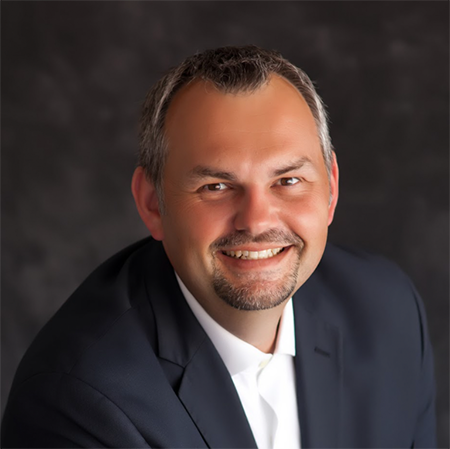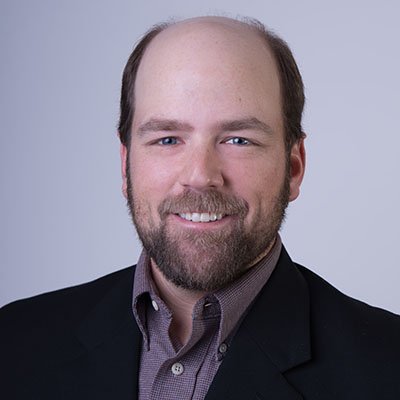Until the passage of the HEARTH Act in 2012, American Indian tribes often were limited in how they could steer commercial and residential land use on trust lands.

For more than 100 years prior, those decisions were handled exclusively by the Department of Interior’s Bureau of Indian Affairs (BIA) following one-size-fits-all federal mandates. On the hundreds of disparate tribal reservations spread across the country, that translated into a dearth of traditional town centers, as well as a lack of density for housing, all of which posed unique challenges for Indigenous communities.
“That’s just mind blowing from a non-tribal perspective that the local tribes didn’t have a whole lot of control over how their land use worked,” Joe Borgstrom, principal at East Lansing, Mich.-based Place + Main Advisors LLC, told Tribal Business News, citing “the financial impacts of providing infrastructure when you can’t have density because of a federal mandate” and the long-term challenges those policies created for Native communities.
Borgstrom’s economic development consultancy Place + Main Advisors is part of a team currently working with the Bay Mills Indian Community in Michigan’s Upper Peninsula on a project spanning economic diversification, land use, and land acquisition strategy. The project was the first in Indian Country for the company, which typically works with clients such as developers, downtown authorities, local governments, regional economic development groups and state agencies.
Borstrom spoke with Tribal Business News about his take on opportunities and challenges to economic development in Indian Country.
How did some of these long-standing federal mandates that spread out development on reservations hurt tribes’ ability to do economic development?
When you have that kind of sparsity, you can’t create that type of a community center, a downtown, like a non-tribal community would have. It was literally illegal to do. … Typically in a non-tribal setting, the local community controls land use, and up until 2012, tribes couldn’t do that — that was all controlled through the BIA. Now with the HEARTH Act, they’re able to look at how their community is based.
What kinds of opportunities can addressing that mandated inefficiency create for Native communities?
To me, there’s always two sides of the ledger. We always think about income and diversification, but we also have to think about how we spend our money. When we have sprawling infrastructure because that’s the way it was federally mandated for 100-plus years, the idea that they can control that a little bit more now and be able to make better use, and make better efficiency, I think, is also going to help their bottom line. Not as much as, say, a giant windfall from out of the income side, but it is one of those ways that they can help make sure that the economic health of their communities is there — not to mention the physical health.
Frankly, it’s the idea of creating those town centers where their members can become entrepreneurial, too.
Is this another case where sprawl creates challenges for entrepreneurism because there’s a lack of density?
I’ve seen communities make that mistake a million times on their own, let alone to be forced to make that mistake. To me, I think it was probably the most eye-opening part of all this.
What are some of your main takeaways from this project with Bay Mills Indian Community?
One of the things that we were able to do with the land use plan is to help them imagine what a downtown Bay Mills might look like. (This) is a really interesting project because it was an economic diversification, land use, and land acquisition strategy. Typically when you think of any of those three things on their own, they don’t seem like they’re terribly related. But what I thought was really genius about what Bay Mills did was they saw the tie between those things, and the deeper we got in working with them, the more we saw it, too. We thought, in retrospect, how wise it was to tie things like land use and their land acquisition strategies to economic diversification overall.
When we look at their diversification, it was a combination of what are things that they could do (in the community) and what are investment opportunities elsewhere? It was thinking a little bit in terms of within their reservation and then outside the reservation.
From an outsider’s perspective, what are some of the challenges you see when it comes to tribal economic development?
In non-tribal communities … you have units of government where there’s a taxing jurisdiction. If a private entity does well, then the governmental jurisdiction does well, because they’re able to collect taxes. That structure doesn’t exist within a lot of reservations. A lot of reservations don’t have a property tax. When you don’t have that mechanism, one of the challenges is looking for economic opportunities for the tribe versus its members. It almost becomes an either/or situation.
When you think about all the tools that are available in a non-tribal area with tax increment financing and all that kind of stuff, it literally does not exist (on the reservation). But that being said, some of the advantages were how much self control tribes have. Within that context, they can set a lot of their own rules, and the sense of community is as strong if not stronger than I’ve seen in a lot of other communities.
What are some of the unique opportunities tribes have around economic development?
The gaming aspect is that natural draw that you see a lot of times, but depending on where the location is, there’s two things in particular. The first one is not necessarily unique to tribal, but that’s the tourism around the natural beauty in the Bay Mills area, in particular being on Lake Superior. You’ve got just some absolutely incredible natural beauty there.
The other aspect of this — and this is something that we’ve been trying to encourage Bay Mills on — is cultural tourism. One of the things that was really eye opening to me was having a conversation with one of the elders in one of our first visits. … He went into the history about how Natives have been treated over the last 120 years.
Of course, I am a middle-aged white guy: I can’t relate because it’s not in my experience, but I’m willing to learn. I sat there and I was just aghast. You hear about these things in history books, but (it’s different) to actually hear about it from people who are within a generation or two generations of it happening, and the generational trauma that comes with that. I think we’re at a point now in our history where we’re seeing people … are wanting to understand and see something different from ourselves. I think as a society, we’ve reached a point where we’re seeking those things out now.
Obviously, tribal gaming drives much of the economy in Indian Country. Coming out of the pandemic, when tribes shut down their casinos for weeks and months to curb the spread of COVID-19 and lost billions in revenue as a result, how does that reinforce the need to diversify?
I grew up in the Flint area and I started my career doing economic development in Flint. Unfortunately, it’s always the cautionary tale for everybody when you put all your eggs in one basket. GM was the thing for Flint. The idea of diversifying where you get your revenue from, hopefully this is a bit of a wake-up call for those tribes who just thought that gaming is all they’re going to ever do, because that’s what they’re allowed to do and that’s what they’ve been doing. Hopefully this is that wake-up call where they say, ‘Well, maybe we should be looking at how do we make our money, and how can we make that a little bit more secure and be able to weather storms like this in future?’
It’s a shame that we’ve had to go through this. I don’t want to skip over how tragic this is for everybody. But I think even that hopefully was a bit of a wake up call.
Bay Mills is your first tribal client. How is working with them different from any other local government or municipality?
We work in economic development all the time, and we help communities all the time, but this was the first time where we’ve worked with a people. It was beyond just the community of people who happen to live there at any given time. This is the tribe, this is a group of people. We felt a tremendous amount of responsibility with that, understanding that this is not just about whether or not a government does well, this is about looking out for a community, a true community.
--
EDITOR’S NOTE: This interview was condensed and edited for clarity and length.
